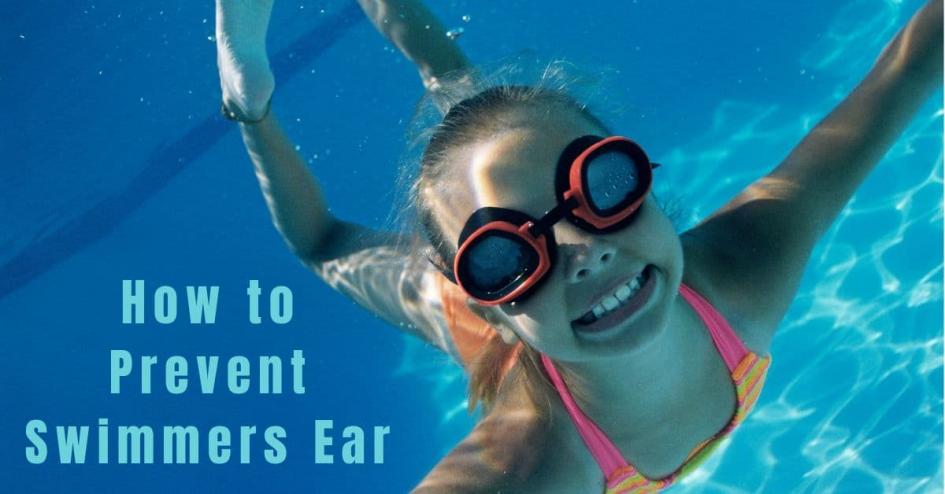
How to Prevent Swimmers Ear
Summer is here and it’s time to hit the pool. But you might want to take some precautions if you’re jumping into a public bath. Millions of people each year are affected by Otitis Externa, or swimmer’s ear. The number increases in summer and between June and August, with 44 percent of all instances are reported within these months. Children often are more likely to get the condition due to their as they have narrow ear canals, but it can really affect anyone. An American study from 2014 showed that about 4 in every 1000 people are affected every year, with swimmers having five times the risk of the average person. Although it is associated mostly with swimming, even a hot and humid climate can lead to the condition, due to the increased likelihood of moisture getting trapped in the ear.
Symptoms
One of the first signs of Otitis Externa is a clogged sensation in the ear that makes noise distorted or damaged. If not properly treated, pain, inflammation, and sometimes excessive fluid can be found in the ear. A ringing in the ear known as tinnitus may even occur in the impacted ear. Lastly, people have been known to develop a temporary hearing loss from the excess fluid which affects the entering of sound waves into the ear. As their symptoms are similar, Otitis Externa is often confused with an ear infection, but the two conditions actually affect different sections of the ear. An ear infection happens right behind the ear drum and a swimmer's ear is an ear canal infection. A good rule of thumb is to look for a fever. If fever is present, it's more likely to be an ear infection. Otitis Externa is a common infection that can be very painful, but with a little foresight, it can be prevented and you can continue swimming with almost no risk of infection. Here are some tips on how to prevent it.
Keep Your Ears Clean and Dry
Otitis Externa develops when contaminated water is left in the ear for a long time. These germs need to stay in damp environment to grow and cause the condition. Thus, it can not develop if your ears are dry. After swimming or bathing, thoroughly dry your ear canal. First, push the head to your side until you get all the water out of your ear, and repeat for the other ear. You can use a hairdryer carefully in the lowest power setting to dry the ear canal entirely if needed. Using earplugs can also prevent Otitis Externa, by keeping water out of the ear. Silicone earplugs can be bought in some doctor's offices or in any drug store. Just ensure that you purchase the silicone plugs, which fit well and are designed to keep the water out of your ear. You can buy over-the-counter eardrops that will help dry up any leftover water.
Don’t stick anything in your ear
In protecting your ears from Otitis Externa, proper management of earwax plays a significant role. You increase your chances of getting a swimmer's ear when you attempt to pry it out with an instrument. Any trauma to the ear canal offers bacteria a chance to infect. So those who are not careful when pushing things into their ear increase their chances of getting the condition. You are also pushing the earwax even further into your ear canal, increasing the chances of other ear conditions such as a conductive hearing loss. Wax leaves the ear naturally so the only time you should be using cotton buds is to sweep around your outer ear. Talk to your physician about safe ways to deal with the problem if you think you have too much earwax. In the case of an issue with earwax build-up, a doctor has the correct tools to remove it.
House of Hearing
At House of Hearing, we offer a range of hearing healthcare services, from hearing tests to physical ear examinations. Contact us for a consultation to see how we can help you.
Our Clinics
All House of Hearing clinics are in town centre locations and accessible to public transport and parking. Home visits also available if mobility is an issue.


.png)
.png)
.png)

.png)
